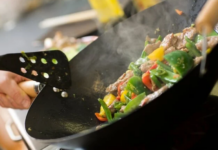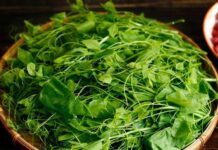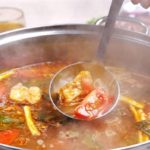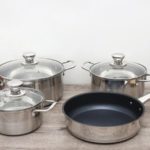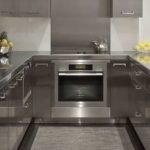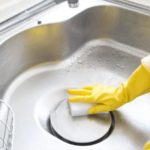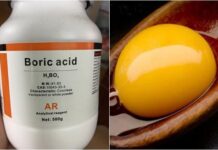With over 3 years of experience working in the steel group ArcelorMittal in Spain, specializing in stainless steel materials, Dr. Vu Thi Tan provides expert guidance on selecting high-quality stainless steel.
When it comes to kitchen utensils, there are three main types of stainless steel commonly used: 201 stainless steel, 304 stainless steel, and 430 stainless steel.
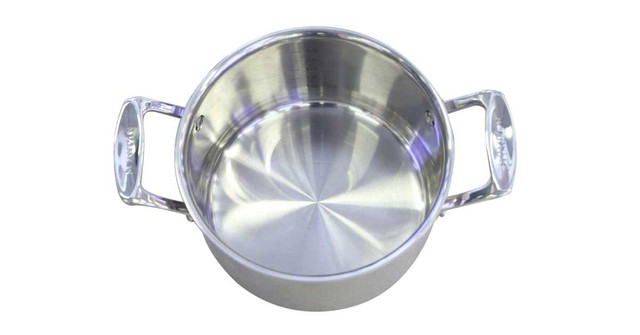
Stainless steel kitchen utensils come in many types, but you have to know how to choose the quality type to avoid health hazards.
Tan Vu
201 stainless steel is composed of 16-18% chromium, 3.5-5.5% nickel, 0.15% carbon, and 5.5-7.5% manganese. Some unreliable cooking utensil manufacturers may replace nickel with manganese to reduce production costs. However, higher manganese content can be toxic.
430 stainless steel is mainly composed of chromium and iron, with low carbon content and very little to no nickel (only 0-0.75%). It is the lowest quality stainless steel, prone to corrosion and rusting. Although new 430 stainless steel may look shiny, it will tarnish over time and is not safe for health.
304 stainless steel contains a minimum of 18% chromium, 8% nickel, and a maximum of 0.08% carbon content. It is often referred to as 18/10 stainless steel. This type of stainless steel has excellent corrosion resistance even in harsh environments and high heat resistance. It is known for its durability, flexibility, high resistance to oxidation, and minimal rusting. 304 stainless steel is commonly used in medical devices due to its premium properties, making it the ideal choice for kitchen utensils.
Dr. Tan recommends purchasing stainless steel items from reputable stores and supermarkets. Typically, there will be a label indicating the type of stainless steel at the bottom of baskets, pots, and pans.
To differentiate between 304 stainless steel and other types, you can use a magnet. 304 stainless steel is not magnetic, so for utensils like spoons, forks, baskets, or trays, you can test them with a magnet. Pots and pans can be more challenging to distinguish because good quality ones usually have multiple layers of stainless steel, with a base layer of 430 stainless steel to attract magnets for induction cookers.
In contrast, 430 stainless steel contains a significant amount of iron and impurities, which makes it attract magnets strongly. Plated stainless steel or scrap stainless steel is also not safe for use, as they are typically made of steel, iron, or aluminum coated with a thin layer of stainless steel on the outside. When this layer wears off, it can be dangerous for cooking.
Comparing Cooking Times: Casting, Stainless Steel, or Aluminum Pots?
Do you want to know which pot cooks food faster? In this article, we compare the benefits of cast iron, stainless steel, and aluminum pots to determine which one is the quickest.







